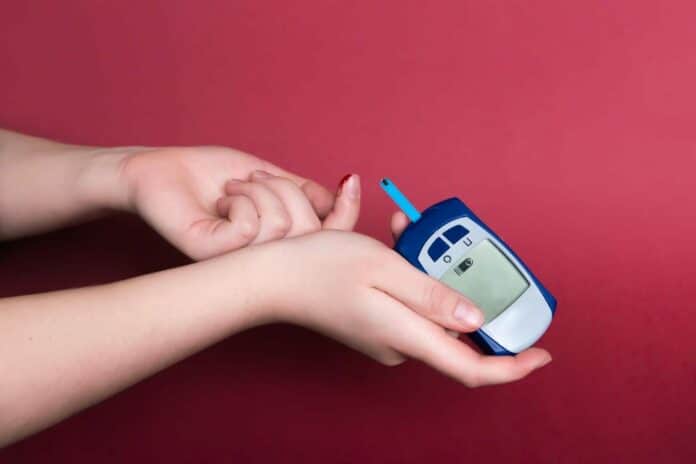Obesity is a serious problem worldwide, with over 4 million deaths yearly due to being overweight or obese. Even children are affected, with rates increasing dramatically since 1975. Nicola Hawley, from Yale, studies how obesity affects maternal and child health. She and her colleague, Courtney Choy, have been studying obesity in Samoa for almost ten years, focusing on child health in the Pacific.
A new study by Choy and Hawley revealed a significant rise in overweight or obese Samoan children, doubling from 16% to 36% between 2015 and 2020. In their latest research, published in Pediatric Obesity, they found alarming rates of diabetes and high blood pressure in children as young as 6 to 9 years old. About one in ten children showed signs of prediabetes. However, specific early growth patterns could predict these health issues, aiding clinicians in identifying children who may require intervention.
Choy, the study’s lead author, said, “Those worrisome levels in and of themselves motivate us to continue our work and better understand the state of obesity, diabetes, and hypertension in Samoa.”
Obesity is one part of malnutrition, with underweight and micronutrient deficiencies being the other, says WHO. Factors like imported, low-nutrient foods, and rising costs of local produce contribute to obesity in Samoa. Modernization has led to less active lifestyles and poorer diets.
Only a tiny percentage of women maintain a healthy weight in Samoa. Hawley and Choy’s study is the first to assess childhood heart and metabolic risks in a nation with high adult obesity rates. Their long-term study could help pinpoint the best times and methods for interventions against adult diseases.
The study began nine years ago with Samoa’s Ministry of Health, the Bureau of Statistics, and the Ministry of Women, Community, and Social Development. Choy, initially a YSPH student, recruited participants during her summer MPH internship with Samoa’s Ministry of Health. She continued the project with a Fulbright fellowship and later as a PhD at Brown University, funded by the NIH. An NIH K99 grant now supports Choy’s research. Her focus on Pacific health stems from her upbringing in Hawai’i.
Choy and Hawley, both at Yale, met early on. Hawley admires Choy’s determination and transition from student to independent investigator. They share a passion for improving health in Samoa.
Hawley and Choy’s study in Samoa examines how social and cultural factors affect children’s well-being. They aim to develop interventions by understanding what works best at different ages and how to prevent adult diseases.
After collecting data, Choy shares findings with village participants and engages children by involving them in the process. Next, they plan to gather participants’ input to address risk factors related to obesity, diabetes, and other health issues, ensuring children can achieve their aspirations.
Hawley and Choy’s study gives valuable insights into childhood well-being in Samoa. By understanding the social and cultural context, they aim to develop effective interventions to promote health and prevent diseases in children, thus enabling them to realize their dreams.
Journal reference:
- Avery A. Thompson, Rachel L. Duckham et al., Sex differences in the associations of physical activity and macronutrient intake with child body composition: A cross-sectional study of 3- to 7-year-olds in Samoa. Pediatric Obesity. DOI: 10.1111/ijpo.12603.
